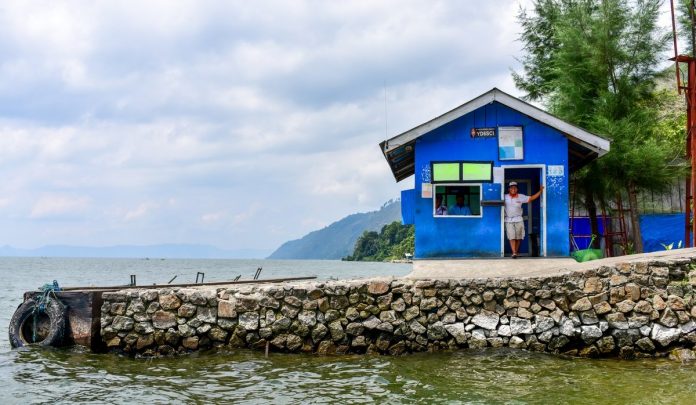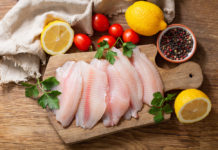A few simple words on a seafood product label can give you a big clue as to the quality of your fish. While you may be used to reading nutrition facts and ingredients on food products while you shop, it’s important for you to be checking the country of origin of your fish as well. Because not all countries hold producers to the same standards, the country of origin can give you all sorts of information about the nutritional value of the fish you’re buying as well as how sustainably it’s been raised.
The Sustainability of Multiple Sources

Most chefs seek out fish from North America or Europe, and for good reason: fish from these regions are raised under strict regulations and proper labeling is assured. However, these populations are exhaustible, especially when it comes to wild fish. In order to maintain sustainable fish populations in these popular regions, it’s important to source fish from countries outside of North America and Europe that raise their fish under similar standards.
Fish suppliers that have been certified by the Aquaculture Stewardship Council, Ocean Wise and other leading organizations have made it their goal to sell healthy and sustainable fish. Purchasing farmed fish is another effective way to help fish populations stay viable, as it doesn’t jeopardize future populations by overfishing wild seafood.
Not All Fish Are Created Equal
While farmed fish can be a sustainable option, not all farmed fish are raised under the same guidelines and regulations. Chefs often avoid farmed fish from certain Asian countries because their practices are less focused on health and sustainability compared to North American and Central American companies. China alone supplies one-third of the world’s seafood, and these fish suppliers have to resort to unsustainable and unhealthy practices to keep up with demand. Thailand and Vietnam are other countries that are known to have unhealthy fish farming practices as they’re relatively unregulated when it comes to how they source and raise their fish.
These countries aren’t always held to American certifications, and some fish from these countries are fed unhealthy feed and kept fresh on ice that contains pathogenic bacteria. While the U.S. FDA doesn’t approve of these practices, they do very little testing on imported fish; in 2009, 0.1% of incoming seafood was tested for toxins, but since then, the FDA has been working to improve their processes.
Sourcing Healthy Seafood Sustainably

On the country of origin sticker, look for countries that raise farmed fish that have been certified by Ocean Wise, the Aquaculture Stewardship Council and the FDA, among others. For instance, fish from Regal Springs farms in Mexico, Honduras and Indonesia are held to the highest of standards, and the farming practices are ethical, sustainable and healthy for both the fish and the consumer.
The fish are raised in floating nets that mimic a natural, wild environment and they’re fed a high-quality, plant-based diet. Regal Springs–farmed fish from these countries is a great sustainable option because by not sourcing their fish from the wild, Regal Springs is preserving wild fish species around the world.
Next time you pick up some seafood at the grocery store, be sure to check its country of origin. By choosing fish from reliable farms in Mexico, Honduras and Indonesia, you’re not only getting a high-quality product, but you’re helping sustain the global fish population, too.
Photos: Kiran Valipa, Annie Spratt, Regal Springs






